Wartime Heritage
ASSOCIATION

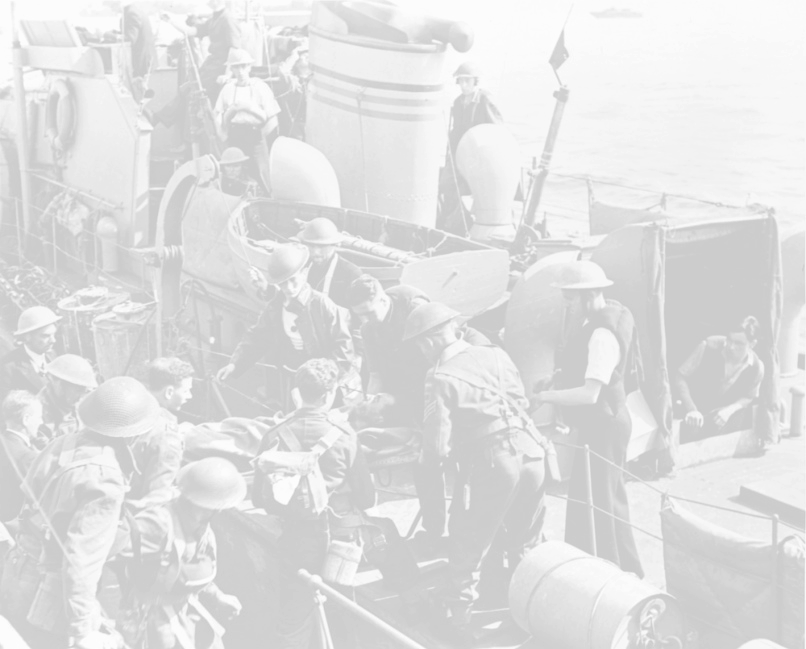
In the early months of 1942, the United Kingdom was being urged to open a
second front in France to engage German forces that would otherwise be
available for use against the Soviets.
Landings in Norway or the Cherbourg Peninsula were determined to be
impractical; however, a large-scale raid along the Pas de Calais coastline at
Dieppe was considered possible and planning began in April 1942. The major
force would consist mainly of Canadian troops landed and returned to the UK
by the Royal Navy. The RAF would protect the operation from the air against
the German Luftwaffe. Intelligence sources indicated that Dieppe was not
heavily defended and the beaches were suitable for the landing of infantry
and tanks. The plan was to hold the captured territory for two tides and
then to withdraw the troops. This first plan was called Operation Rutter and
included paratroopers. The raid was scheduled for July 7th but was
postponed due to unfavourable weather conditions and then cancelled after
an attack by German fighter-bombers on the troopships. The attack
depended upon the element of surprise and after the attack, success of the
operation was deemed improbable.
Continued pressure by the Russians, the Americans and the British public led
the Chiefs of Staff to reconsider a raid at Dieppe. A commando force
landing from the sea would replace the paratroopers. Landings at eight
separate locations near Dieppe would be complimented with air bombing
support and fire support from a naval force offshore. Operation Jubilee was
set for August 18/19.
The Operation began in the late evening hours of August 18th, 1942.
The Objectives included seizing and holding the port of Dieppe for a short
period, demonstrate it was possible and to gather intelligence. Upon
retreating the intent was to destroy coastal defences, port structures and
strategic buildings. It was hoped that the operation would boost morale and
show a commitment of the United Kingdom to open a western front in
Europe.
None of the objectives were met. Allied fire support was inadequate and
the landing force was trapped on the beach by obstacles and German fire.
Less than 10 hours after the first landings, the last Allied troops had all been
either killed, evacuated, or left behind to be captured by the Germans.
Of the 6,086 men who made it ashore, 3,623 (almost 60%) were either
killed, wounded or captured. The Royal Air Force lost 106 aircraft. The
Royal Navy lost 33 landing craft and one destroyer.
Operation Jubilee proved to be a disaster.
Of the 4,963 Canadians who embarked for the operation, only 2,210
returned to England, and many of these were wounded. There were 3,367
casualties, including 1,946 prisoners of war; 916 Canadians lost their lives.

copyright © Wartime Heritage Association
Website hosting courtesy of Register.com - a web.com company

Remembering Dieppe
Killed in Action on August 19, 1942
from Nova Scotia
Cormier, Alvin Ross
Essex Scottish Regiment, R.C.I.C.
Duggan, James Anthony
Queen's Own Cameron Highlanders of Canada, R.C.I.C.
Graham, Lewis Robley
Queen's Own Cameron Highlanders of Canada, R.C.I.C.
Hartlin, Isaac
Royal Canadian Artillery
Lake, William John
Royal Hamilton Light Infantry, R.C.I.C.
MacLellan, John Neil
Royal Hamilton Light Infantry, R.C.I.C.
Meiners, Albert William
Royal Hamilton Light Infantry, R.C.I.C.
Monchier, Norman
403 Squadron, Royal Canadian Air Force
Rhynard, Austin Joseph
Royal Hamilton Light Infantry, R.C.I.C.
Stuart, Kenneth MacDonald
Royal Canadian Artillery
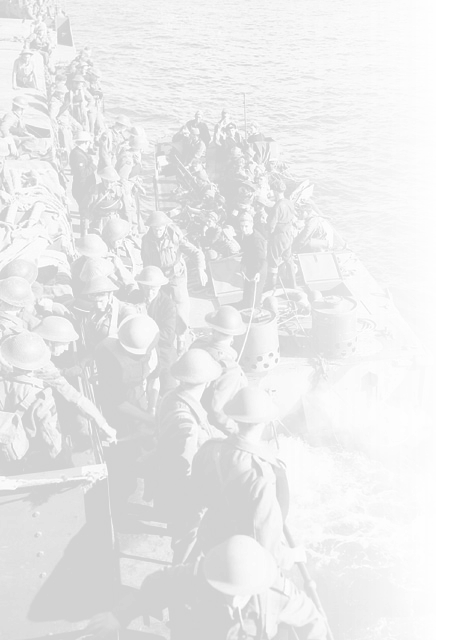
Sources and Additional Information
Veteran Affairs Canada - The 1942 Dieppe Raid
Operation Jubilee - www.combinedops.com
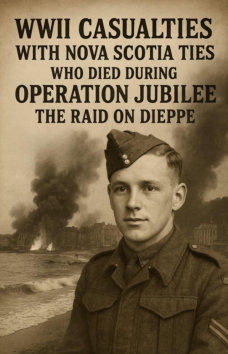
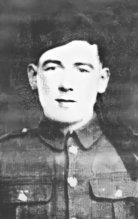


James Anthony Duggan
Austin Joseph Rhynard
John Neil MacLellan



William John Lake
Kenneth Stuart
Norman Monchier
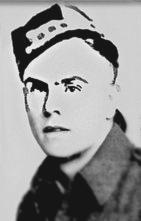
Alvin Ross Cormier

Lewis Robley Graham


- World War I - Menu
- WWI Stories and Articles
- Photos - Yarmouth Soldiers
- Selection of World War I Songs
- WWI Casualties of Yarmouth, NS
- Those Who Served - Yarmouth, NS
- WWI Casualties Digby Co. NS
- WWI Casualties Shelburne Co. NS
- Merchant Mariners (1915) Yarmouth, NS
- Canadian Forestry Corps - Non Yarmouth Birth/Residence Enlistments
- US Draft Registry - Yarmouth NS Born


- World War II - Menu
- WWII Stories and Articles
- Telegraphist Air Gunners
- WWII Casualties of Nova Scotia
- US Casualties with NS Connection
- Far East/Pacific Casualties with NS Connection
- Merchant Navy Casualties Nova Scotia
- Nova Scotia WWII Casualties Holten Canadian War Cemetery
- D-Day Casualties - Nova Scotia
- CANLOAN Program Casualties - Nova Scotia
- Battle of the Bulge Casualties - Nova Scotia
- WWII Casualties Yarmouth NS
- Yarmouth Casualties - RCAF RAF Canadian Army WWII
- Yarmouth Co., Marrages WWII
- Casualties Non-Born/Residents with Connection to Yarmouth Co., Nova Scotia.
- WWII Casualties Digby Co., NS
- Non-Nova Scotian WWII Casualties Buried in Nova Scotia
- WWII RCAF Casualties Aged 16-18
- Brothers/Sisters Who Served - World War II













